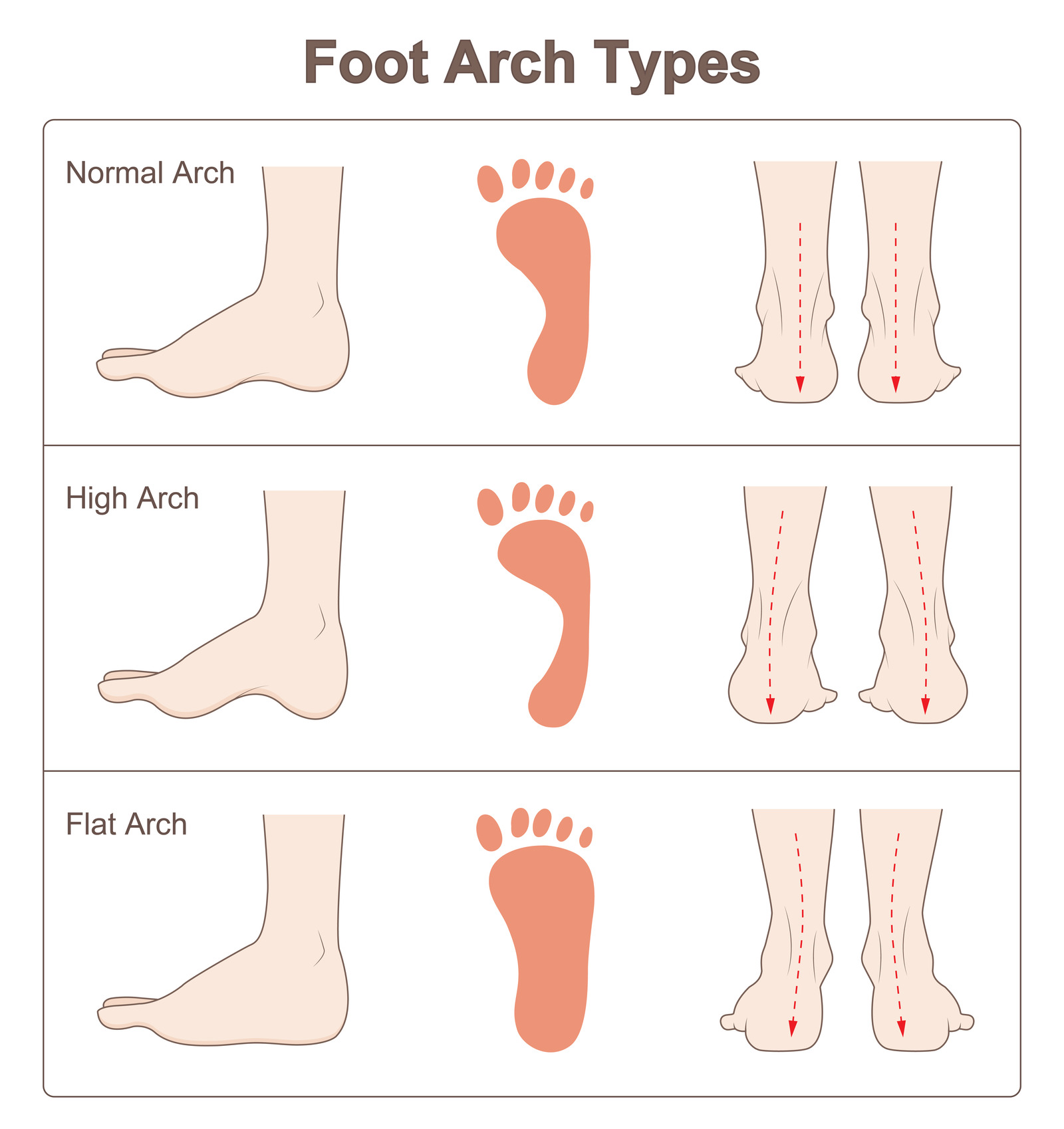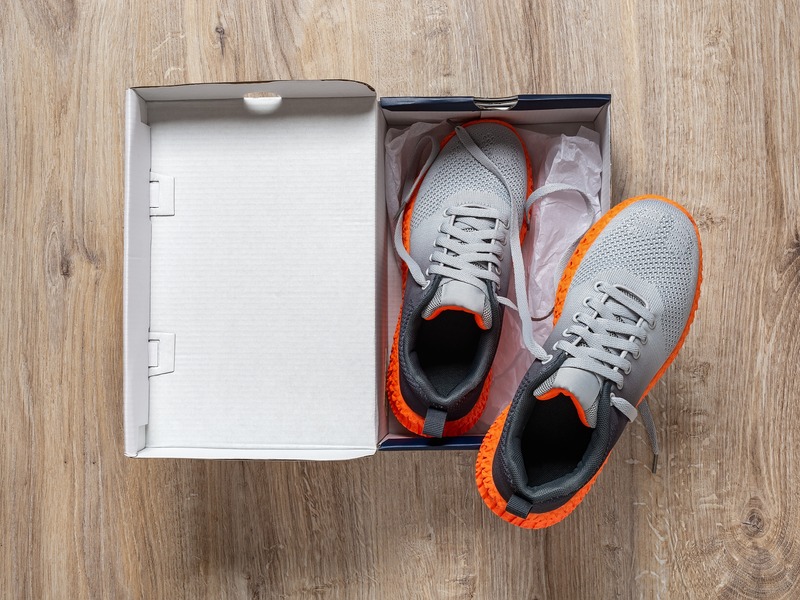The Wet Foot Test: Uncovering Your Arch Type & What It Means For Your Running Shoes
June 15, 2024

When you buy through links on our site, we may earn an affiliate commission.
Have you ever finished a run with sore feet? Or have you found yourself trying on running shoe after running shoe, only to find that none of them feel quite right?
Many of us have experienced the same problems, and they may stem from not knowing what arch type you have and, therefore, which type of running shoe is right for you.
The good news is that there's a simple test called the Wet Foot Test that can help you discover your arch type and make better decisions when purchasing running shoes.
What is the Wet Foot Test?
The Wet Foot Test is a simple, at-home experiment to determine your arch type. It provides insight into how your foot mechanics function, particularly how much your foot rolls inward when it strikes the ground, known as pronation.
When your arch type is unknown, finding suitable running shoes becomes guesswork. You might try stability shoes with medial posts to limit overpronation or cushioned shoes to absorb shock if you have flat feet. The Wet Foot Test removes the guessing by revealing your feet's traits so you can select shoes to match.
How to Perform the Wet Foot Test
Performing the Wet Foot Test is simple. Just follow the steps below:
Gather Materials
- Shallow pan (a pie pan works well)
- Water about 1 inch deep
- Heavy paper or cardboard
- Towel
Wet Your Feet
- Stand barefoot in the shallow pan of water
- Allow one foot to soak for a few seconds
- Ensure water covers the entire sole surface
Make Imprints
- Step firmly onto paper/cardboard with a wet foot directly from the pan
- Hold for 5 seconds, then step off
- Repeat with the other foot
Make sure you do both feet to check variations between feet. Sometimes, there can be quite significant differences. If you have the room and materials, you can do several imprints on each foot to get a large sample size and improve accuracy.
Now that you understand the simple Wet Foot Test process, let's explore what those imprints reveal about your arch type and how they might guide your running shoe needs.

Interpreting Your Footprints: What Your Arch Type Reveals
The foot imprints from the Wet Foot Test expose key characteristics about your feet to guide your running shoe choices.
Low Arches (Flat Feet)
Those with low or flat arches leave near-complete footprints, with minimal curves from heel to toe. This lack of arch height leads to overpronation as the foot rolls too far inward while running.
To prevent discomfort, focus your search on stability and cushioned shoes. If you think you might be a severe overpronator, motion control shoes with medial posts provide rigidity to correct excess motion. The extra cushioning will also help ease the stress on your knees and lower legs.
Medium Arches (Neutral Feet)
In their test imprints, runners with medium or neutral arches show more defined foot curves and contact points. The key indicator is a partially filled-in midfoot area.
If that description matches up with what you're seeing, then you have a more typical arch and plenty of running shoe choices. Neutral running shoes deliver suitable cushioning and flexibility for these moderate-pronating feet. These versatile neutral trainers will facilitate plenty of comfortable miles without excess motion control.
High Arches
Imprints from high-arched feet have a vast, empty space through the midfoot, with weight concentrated on the heel and forefoot zones. This lack of midfoot drop when running leads to inadequate shock absorption for regular running, though scientific studies have proved it to be a beneficial trait in sprinters.
If that sounds familiar after analyzing your footprint, prioritize well-cushioned shoes to compensate for the rigid high arch, along with flexibility through the forefoot. Models with significant cushioning will aid your forward propulsion and make up for that lost impact absorption.
Understand Your Feet to Find the Best Running Shoes for You
Understanding your unique arch type is a crucial piece of the running shoe puzzle. While a professional gait analysis might offer more precise insights, the simple at-home Wet Foot Test provides a solid starting point for making better-informed shoe choices.
So give it a try, analyze the imprints of your flat, neutral, or high-arched feet, and use that information to select shoes with cushioning, support, and flexibility aligned to your pronation tendencies and impact needs. Landing on your perfect pair can take some trial and error, but avoiding mismatches from the start will help prevent injury.
In just a few minutes, you can save miles upon miles of discomfort and discover the joy of running instead.


